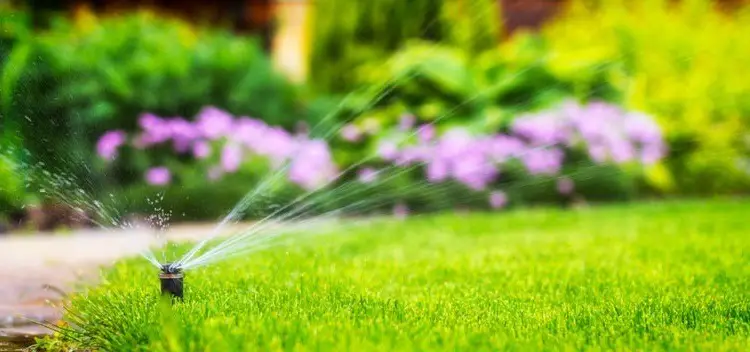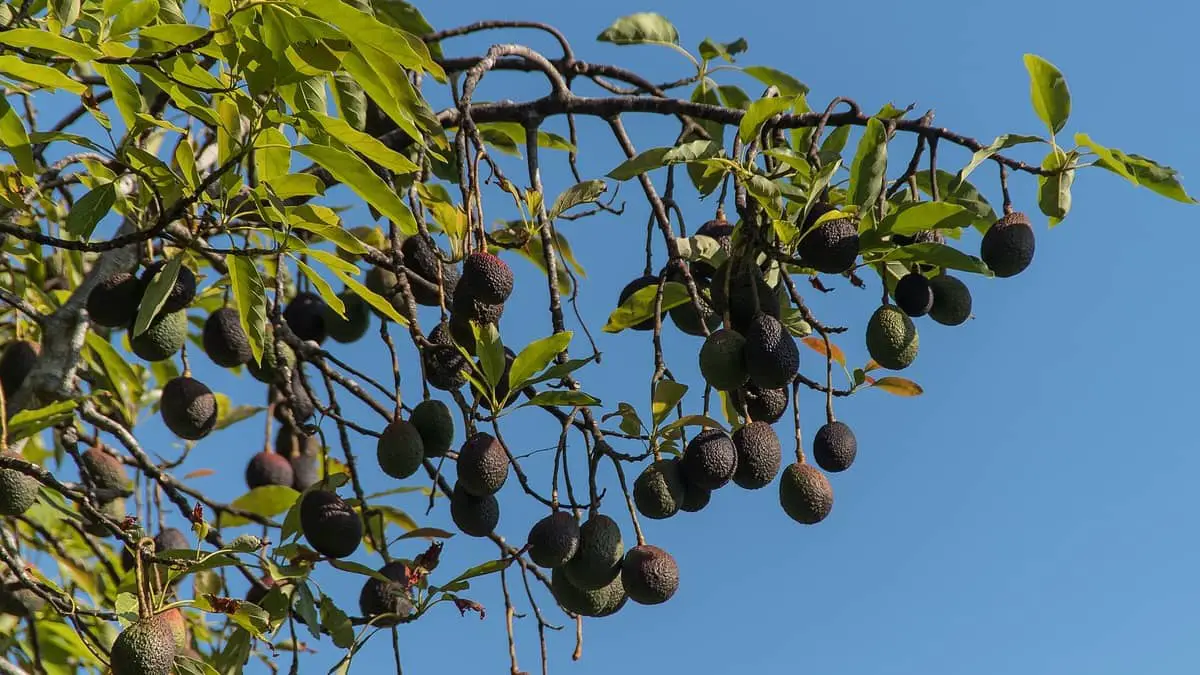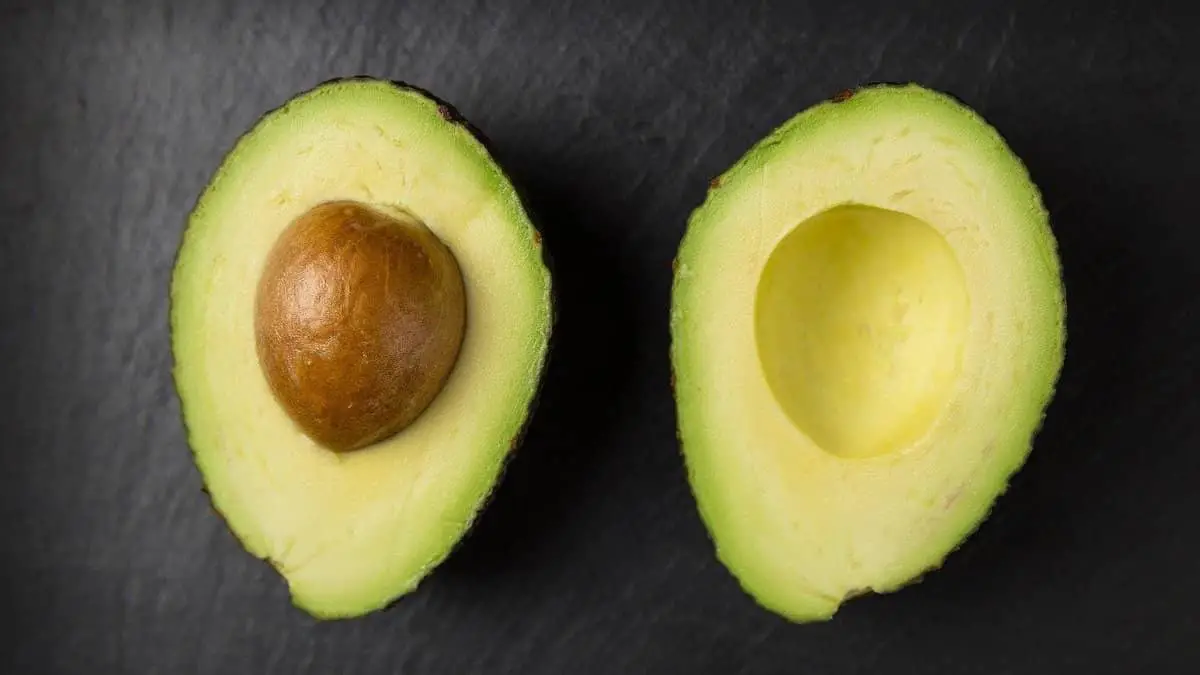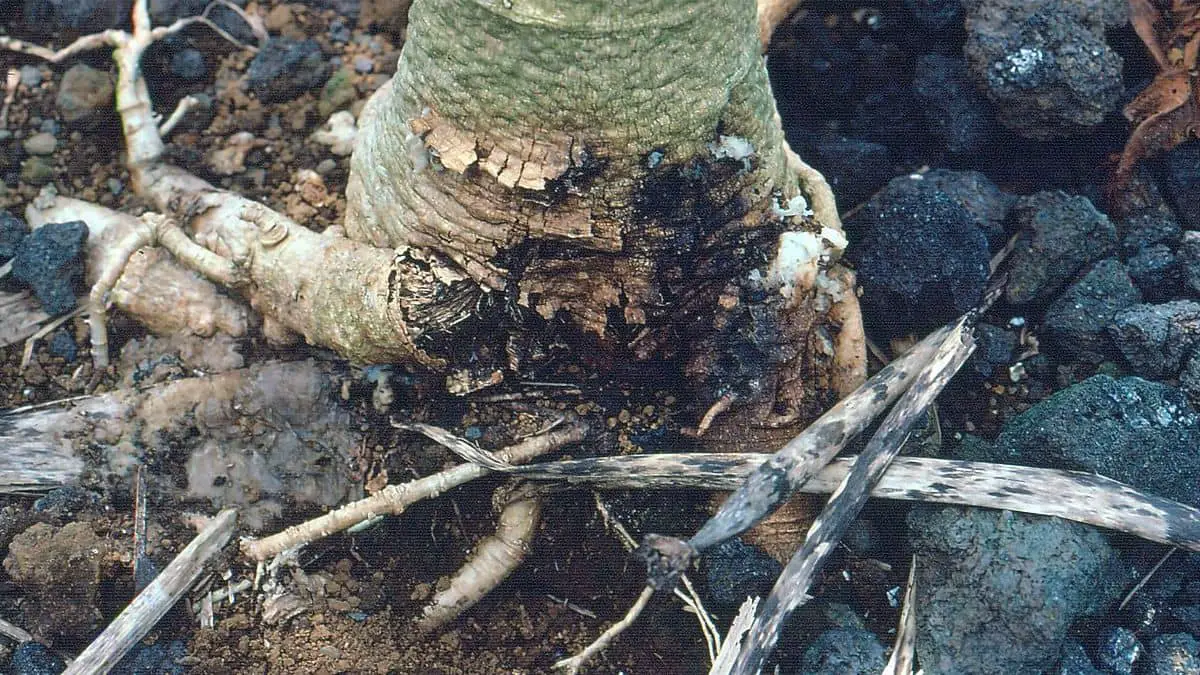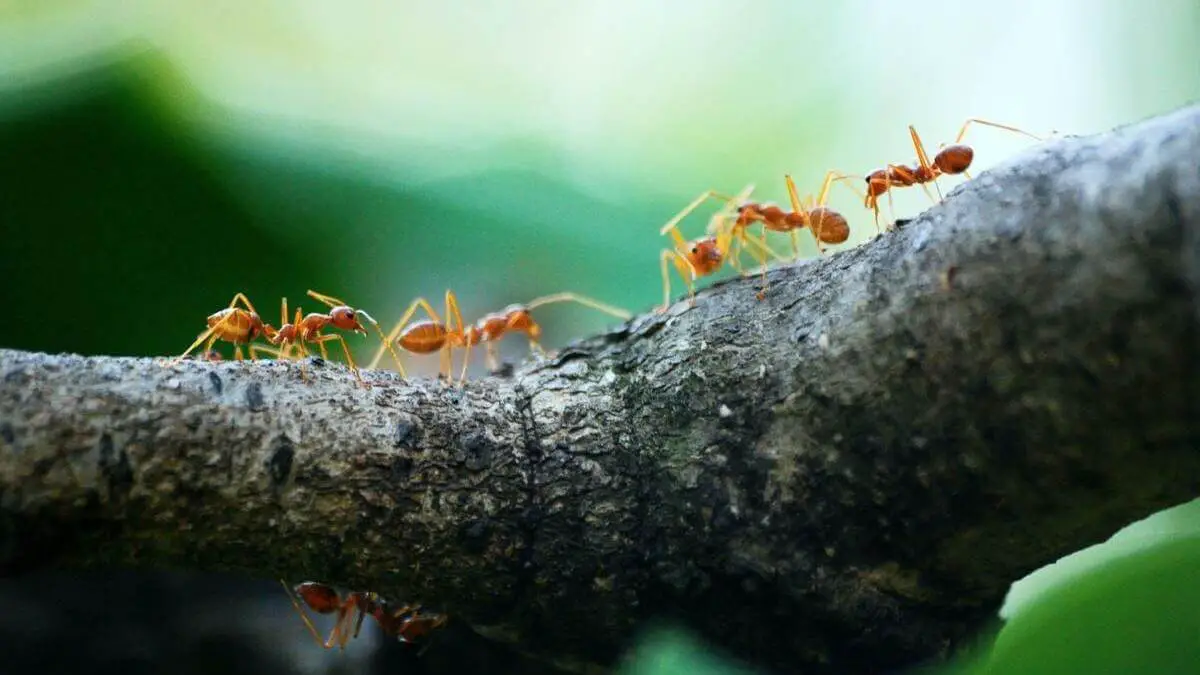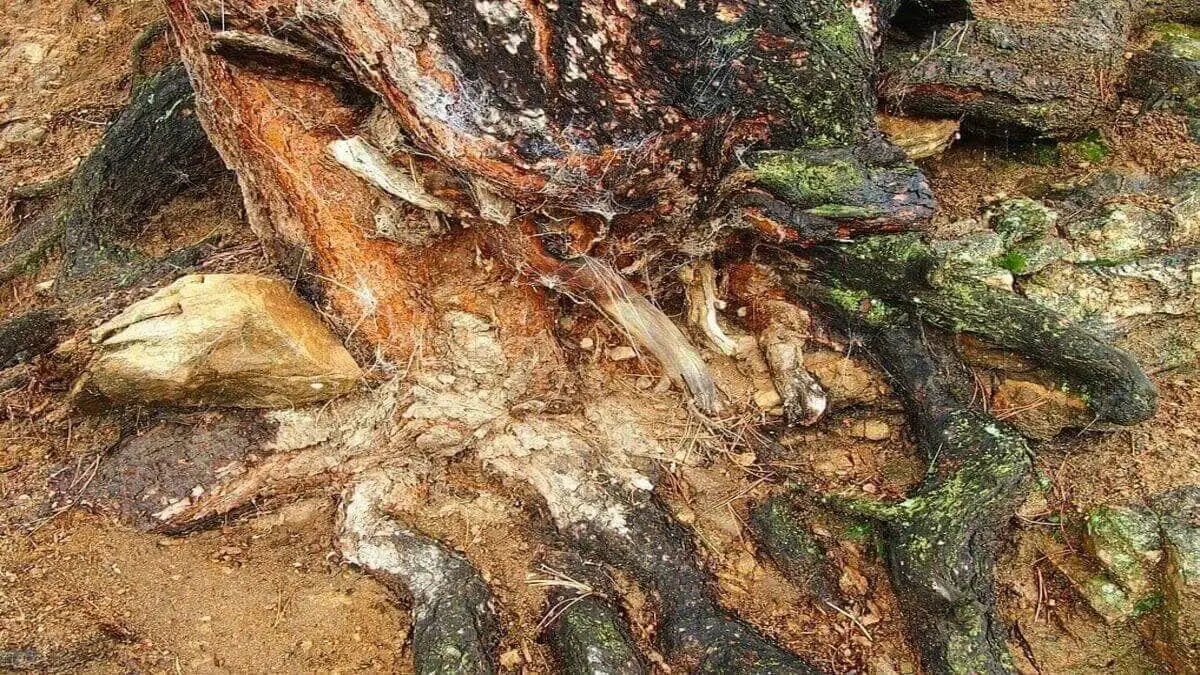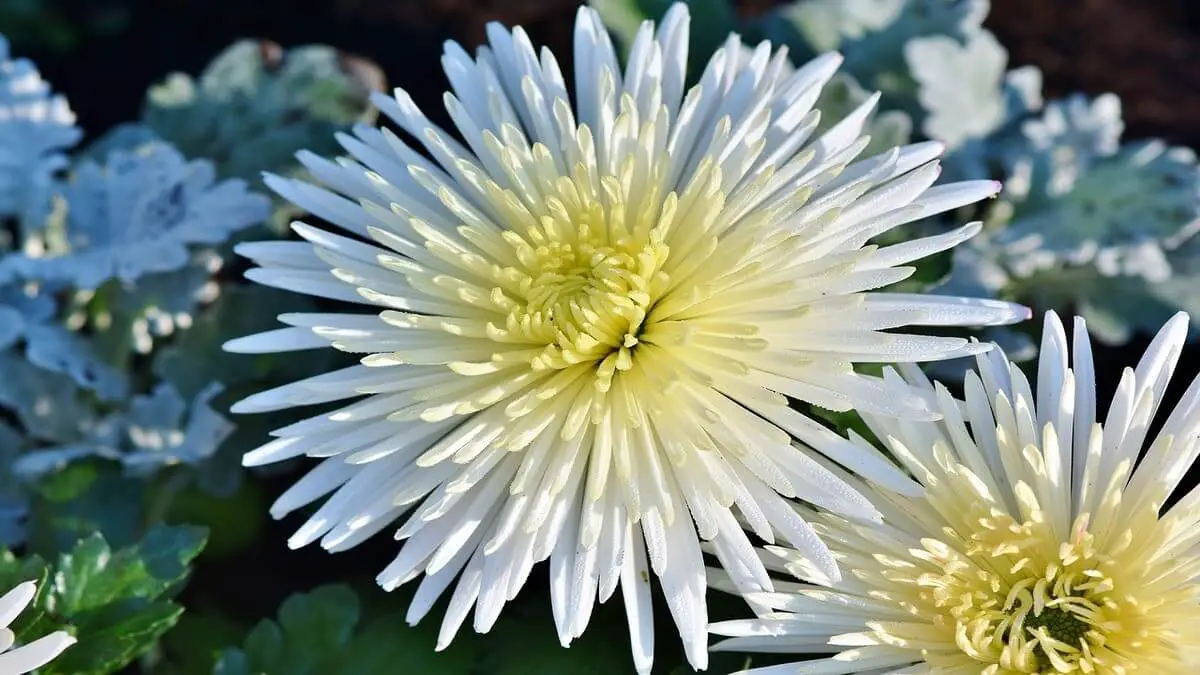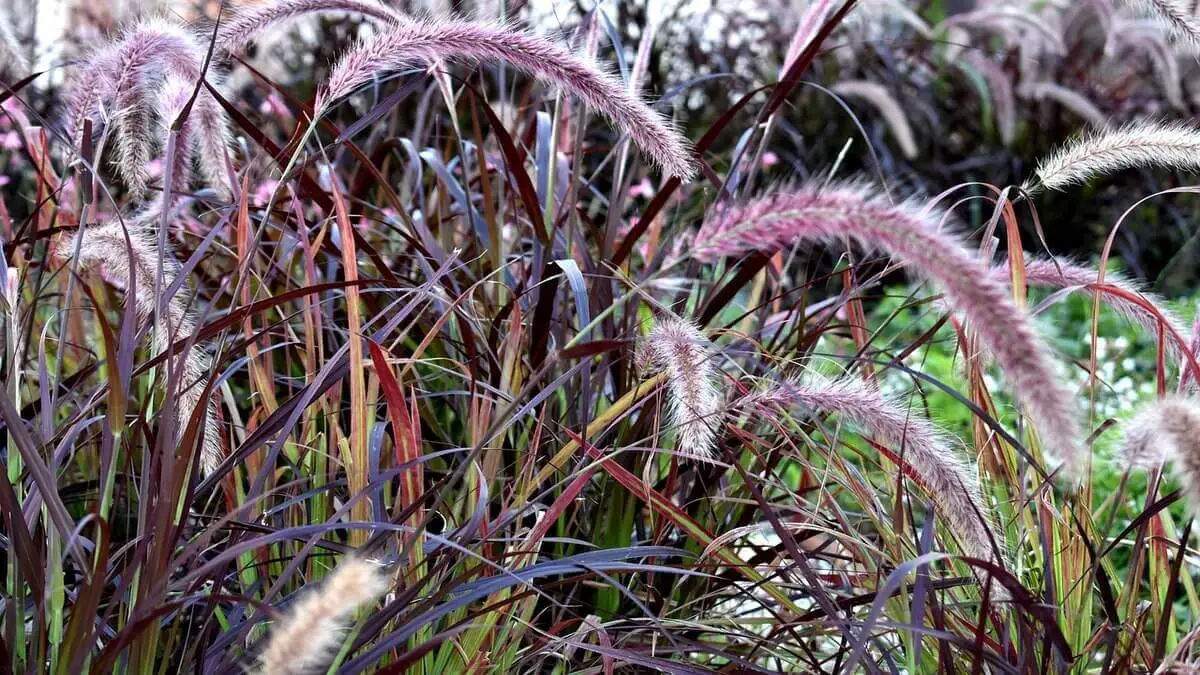All about Loam Soil
In common terms, we use to call loam, clay, sand, silt, etc., dirt. It is important to know the soil type in your area for growing the right plants. However, most plants prefer loam soils to thrive better. By definition, loam is a balanced, healthy mixture of sand, clay, and silt soils. This article focuses […]
Continue reading

